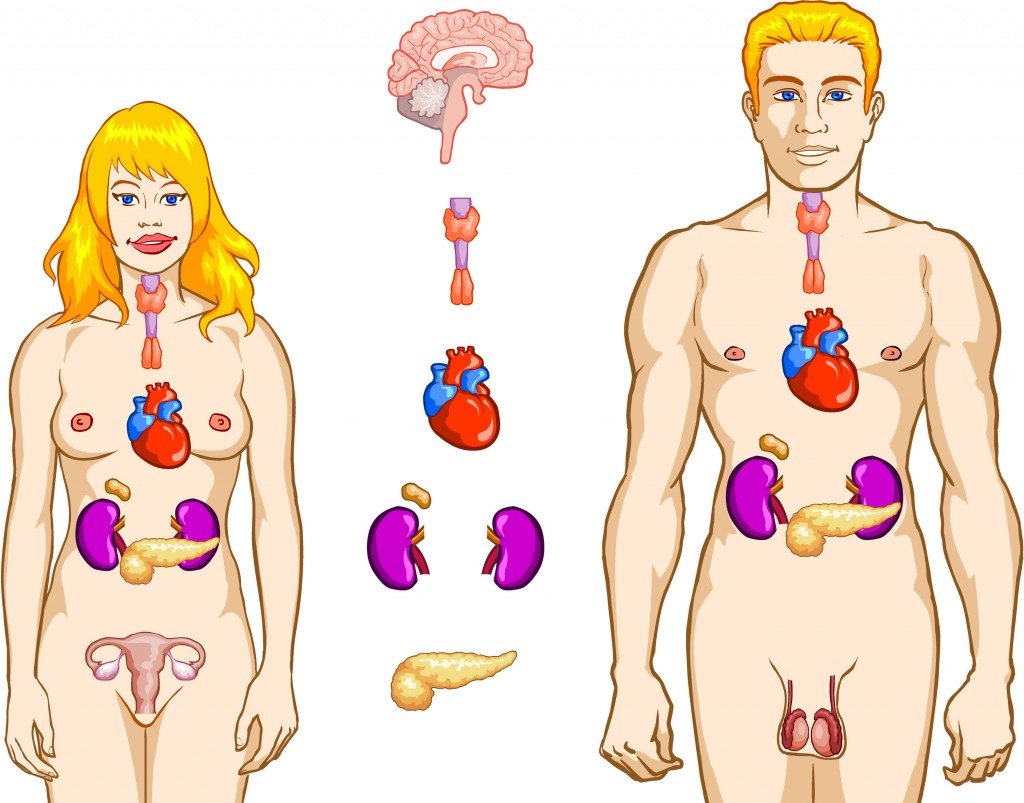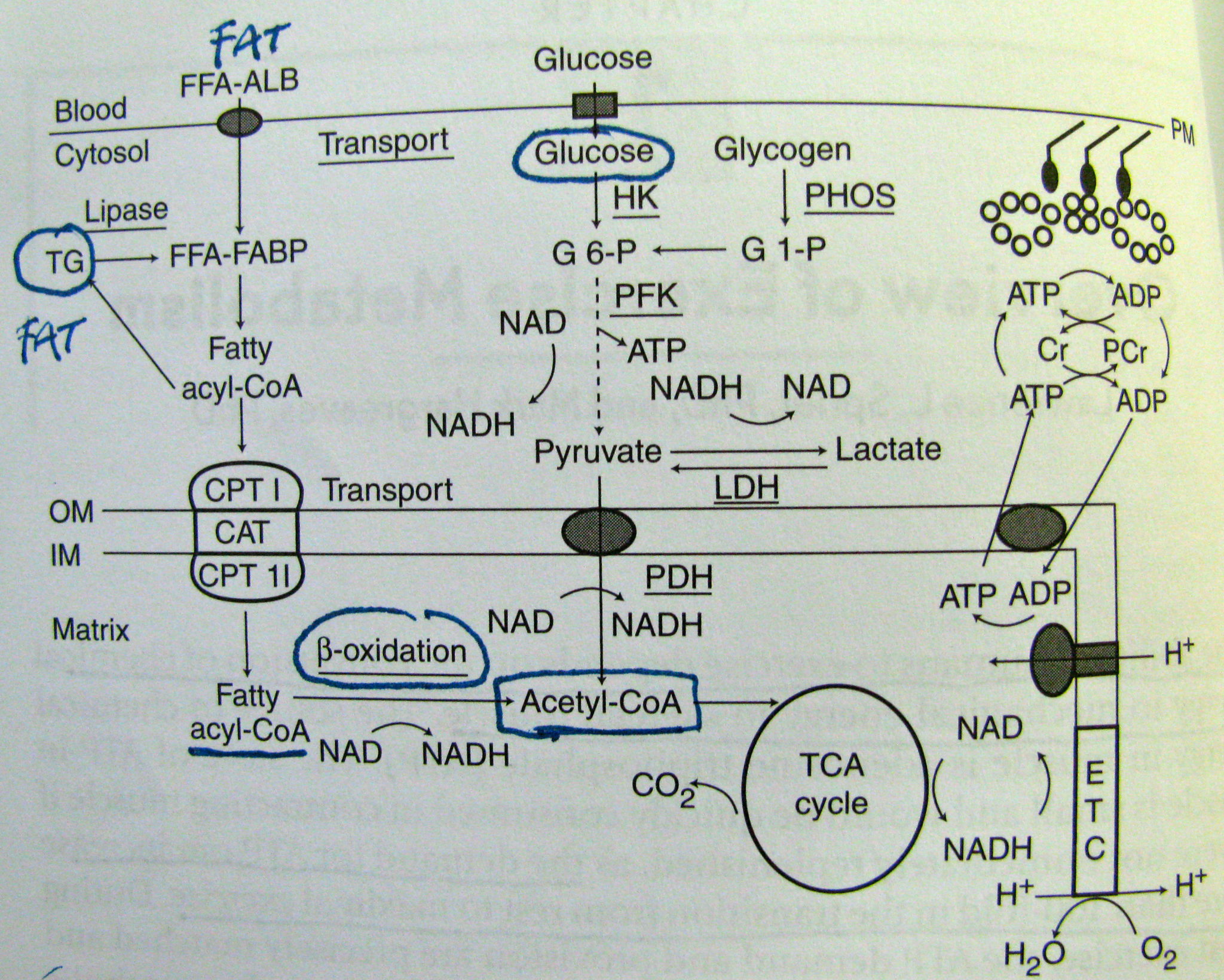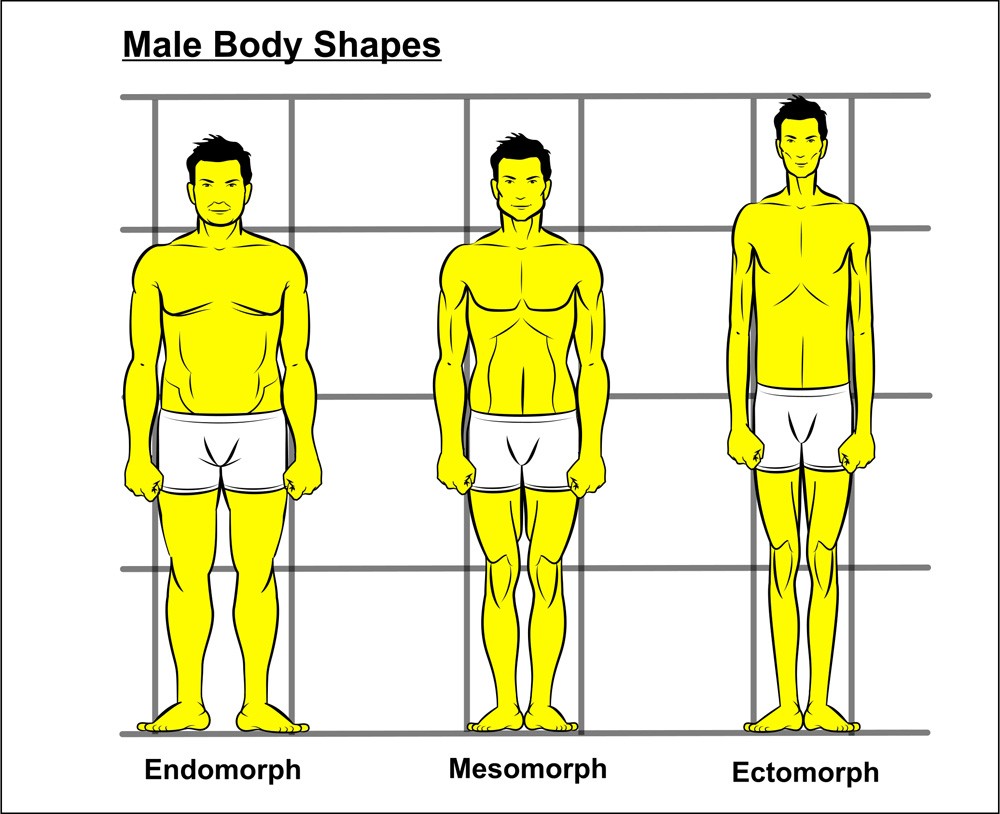Written by Nate Winkler
Helping an athlete reach their body composition and performance goals aren’t my main areas of focus when designing a nutrition plan. Surprised? Structuring your nutrition in such a way that enables you to burn fat or get stronger is simple. My plans allow for strength gains, fat loss, and improved sleep, brain & endocrine function simultaneously — and I’m going to teach you how to do this on your own.
Somewhere along the way people began accepting the idea that getting ‘healthy’ had to be a painful process. You have to cut calories to ‘lose weight’ or avoid carbs for days in order to put your body in a metabolically favorable ‘fat burning mode‘; or on the other end of the spectrum — you must eat 3 Big Macs and 7,000 calories/day in order to ‘gain weight’. This is misery, and while under the thumb of these binge diets, 90% of the weight you’re loosing and gaining isn’t what you’re hoping for in the first place.
A couple years ago, after seeing one too many starved female volleyball players and wheezing powerlifters, I realized that the current nutritional paradigms aren’t working. And it doesn’t stop with athletes. How many people working 40 hours a week wonder why they feel exhausted as they grab a pastry with coffee at 8:00am and pair it with SubWay at noon? There’s got to be a better way, and thankfully — there is.
BACKGROUND INFORMATION
To prevent this from turning into a 20-30 page conversation, please review a few of my previous articles discussing the basic roles of macro-nutrients and their timing, carbohydrate function in the diet and performance, preparing and repairing the central nervous system (CNS), and understanding supplement’s place in your meal plan.

The major points to gather from all my articles and research in general is that:
- No nutrition program should abandon any macro nutrient group for an extended amount of time.
- The human body is an incredible, yet delicate machine controlled by hormones — control your hormones and you can do anything you want with your physical appearance.
- When food is consumed, a chemical reaction occurs, this reaction has a ripple effect throughout your entire body — circulatory, nervous, digestive, muscular, and endocrine systems. When you’re eating something is just as important as what you’re eating.
- Balance — create a car worth riding in. You can’t put regular unleaded fuel into a race car and expect maximum performance. I don’t care what your ‘hero’ says about getting calories, if you’re eating garbage, you’re going to perform like it — on the field, in the classroom, office, etc. It’s not simply about fuel either. That race car won’t get you to your destination without a number of additional variables (wheels, engine, keys, steering wheel, etc.) being in place — the human body is no different. You can eat all the organic food you want, but if you’re getting 4-5 hours sleep a night and training like an idiot, you don’t have a prayer of reaching any goal.
- Finally, discipline. A growing number of constructs in our culture are removing any sense of accountability. Newton’s Third Law states that for every action there is an equal and opposite reaction, and your performance/body composition goals are no exception. Stop blaming, stop making excuses and get to work, results like these aren’t given — they’re earned.
STARTING Your Plan: THE 4 PILLARS
In early 2011, I fell into some research that enabled me to take a rhythmic approach to nutritional programming; dynamic rhythms capable of accommodating the various hormonal, energetic, and budgetary/scheduling demands of life, and your goals. My plans are all derived from four very basic, sequential pillars that allow for effective, yet pragmatic meal plan development — for any body and any goal:
- 1. Sex, Goals & Body Type
- 2. Training
- 3. Schedule & Stress
- 4. Menu Choices
Sex, Goals & Body Type
With every plan I design, I begin with three simple questions that will influence every decision from that point forward — What’s your sex? What are your performance/ body composition goals? What’s your body type?
Sex
Men and women’s nutritional programming should reflect their VAST hormonal and metabolic differences. Your sex dramatically impacts what and how much you should eat. Women do not respond as well to carbohydrates as men. Women are not as explosive as men, yet require just as much energy (qualitative observations here) to get through their day. There are a number of social nutrition ideals that are ruining women’s ability to perform, focus, and balance their delicate endocrine system. When I find out I’m working with a female client, the first thought that goes through my head is: where will their schedule allow me to increase fat/protein/vegetable intake? Women operate very well on fats (almonds, peanut butter, avocados, coconut oil, etc.), so I try to increase their caloric intake using this macronutrient.

Women, unfortunately, don’t enjoy the training induced metabolic/cellular responses that men do — but they do utilize cellular fat (lipid metabolism) more efficiently than men do. I try to take advantage of this by encouraging submaximal (alactic/lactic/aerobic) training after consuming brewed tea in the absence of insulin (not consuming carbohydrates for at least 6 hours). I try to have women eat more fiber based carbohydrate sources and only suggest fruit based carbs while training.
Men, on the whole, handle carbohydrates much better than women (qualitative observations here). Their training is fueled by more cooperative efforts between the glycolytic (fast) and oxidative (slow) metabolic pathways. Once training starts, if there is preexisting muscle glycogen (nutrient timing implications) men will use the glycolytic pathway and process carbohydrates, when consumed while training, more efficiently. But peri-workout metabolic responses are just the beginning.
Depending on exercise intensity, men will experience a positive metabolic environment for up to 48 hours. Testosterone increases, growth hormone increases, myostatin (muscle growth suppressor) is suppressed, GLUT4 transporters and mitochondria migrate closer to the cellular wall (nutrients are absorbed more readily into muscle cells from the blood stream), fat burn increases, and the list goes on.
Goals
Pre, Peri, and Post workout nutrition is all dependent on your goals. If your main goal is getting stronger, your must increase peri-workout carb consumption. I once heard that you can only concentrate on getting stronger or burning fat, but not both simultaneously — that’s crap. If you want to bulk, increase post workout carb consumption. If you want to burn fat, while maintaining lean muscle, boost post workout caloric intake by consuming fats, high fiber carbs (black beans are my favorite), and protein. It’s that simple — use carbs when you need them, and avoid their consumption so your body will use fat (lipids) as it’s fuel source (no insulin in the bloodstream = improved lipid utilization).
Body Type
Finally body type. Sorry, I wish I could wrap this programming package up a little tighter but there’s a number of considerations that must be made before choosing what to eat and when. I wrote an article a few years ago about the three body types: Ectomorph, Mesomorph, and Endomorph, and didn’t realize just how much it would influence my meal planning. This is quick and easy to determine, but greatly impacts the carbohydrate/fat strategy I employ.

Ectomorphs are skinny, lean, more aerobically inclined individuals. They should pursue endurance, aerobic based activities (track 800m+, soccer, etc) and operate MUCH better on a diet that derives more calories from carbohydrates (trust me on this one, don’t allow an ectomorphic individual to get carb depleted).
Mesomorphs have the body type we see at the Olympic finals of the 100m and all hope to look like one day. They have a great balance of anaerobic/aerobic capacity and can pursue any competitive sport they desire depending on their specific genetic predipositions. Mesomorphs need daily carbohydrate servings, but can go longer (12-20 hours) without glycogen than their ectomorphic counterparts.
Endomorphs are very explosive, anaerobically inclined individuals. They tend to thrive at strength sports (shot put, football linemen, powerlifting, etc.). Endomorphs will retain water and gain fat much more easily than the other two body types. However they tend to operate much better on increased fat (nuts, oils, avocados, etc) servings and carbohydrate depletion.
Correctly identifying your sex, goals, and body type is the first step in becoming your own nutrition coach. If you’re a woman, understanding how certain foods will allow you to burn more fat and stabilize your hormones is pivotal to reaching your goals. Men, you have a massive advantage because of the increased testosterone/growth hormone production in response to intense exercise — use it.
Pillars & Planning To Come
Each sex, goal, and body type can be leveraged to enable you to reach the performance and body composition you’re working to achieve. Ectomorphs have to work harder to gain muscle mass, and endomorphs require more discipline to get lean — but it can be done, it just depends on your attitude and discipline. Much more to come in Part II.






































